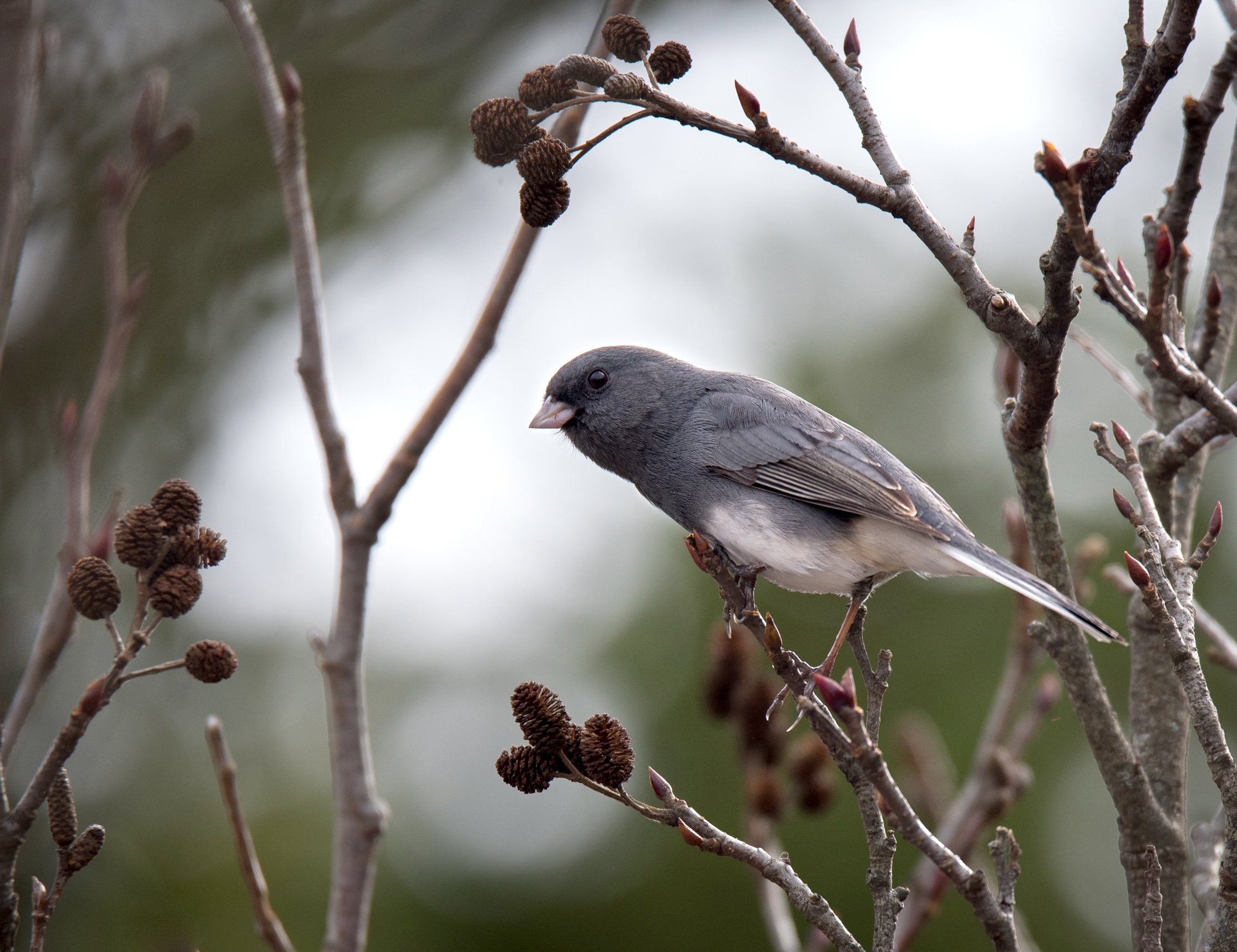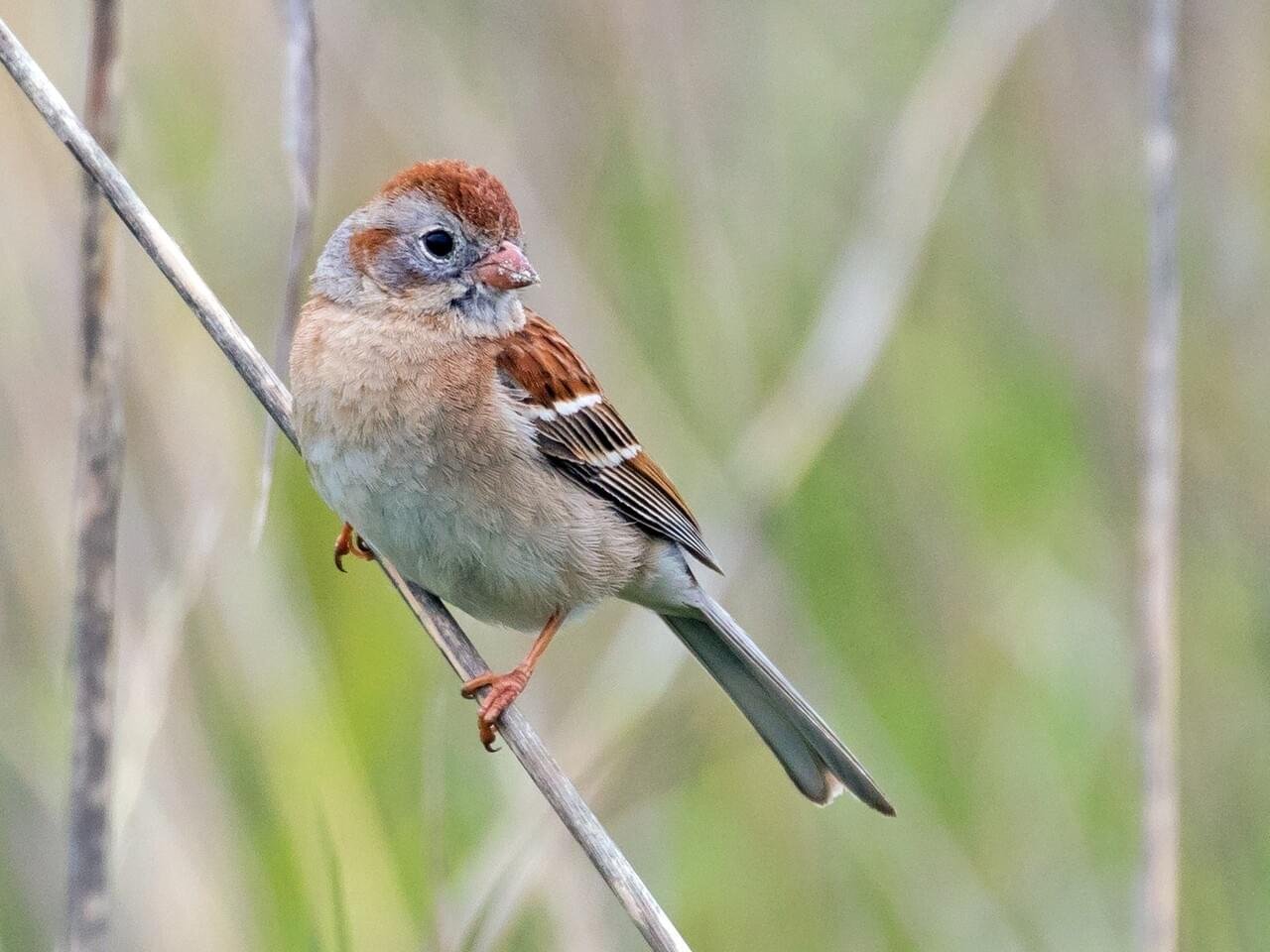Bluebirds getting busy
In the past two weeks I have witnessed Bluebirds landing on and looking in nestboxes around my yard. Some of you have reported the same thing. Even in very cold temperatures this is normal behavior for Bluebirds in February as they begin to show interest in potential nest sites. You may see a couple of males and a female, or a couple of females and a male arrive together and go through some of the motions of courtship: wing fluttering and maybe even putting a few sprigs of nest material in the box. None of this is with any intent to nest now but simply preparation for a couple of months from now. A few eager Bluebirds may begin nesting as early as mid-March; however, the vast majority will not begin in earnest until the mid to latter part of April. So, now is a great time to present a Bluebird box if you haven’t already. And if you were thinking about moving a nestbox because of lack of success for a few years now is a really good time to do so. Video of Bluebirds wing waving.
Don’t forget next weekend, February 16th-19th is the annual Great Backyard Bird Count. Simply count and record birds you see from any location. For more information and how to count and record the birds you see visit www.birdcount.org/participate/













